12 lenses of Christmas: US$26,000 glass and new options for DSLRs!
Among May's many lens highlights, Sigma set a new standard for the standard zoom
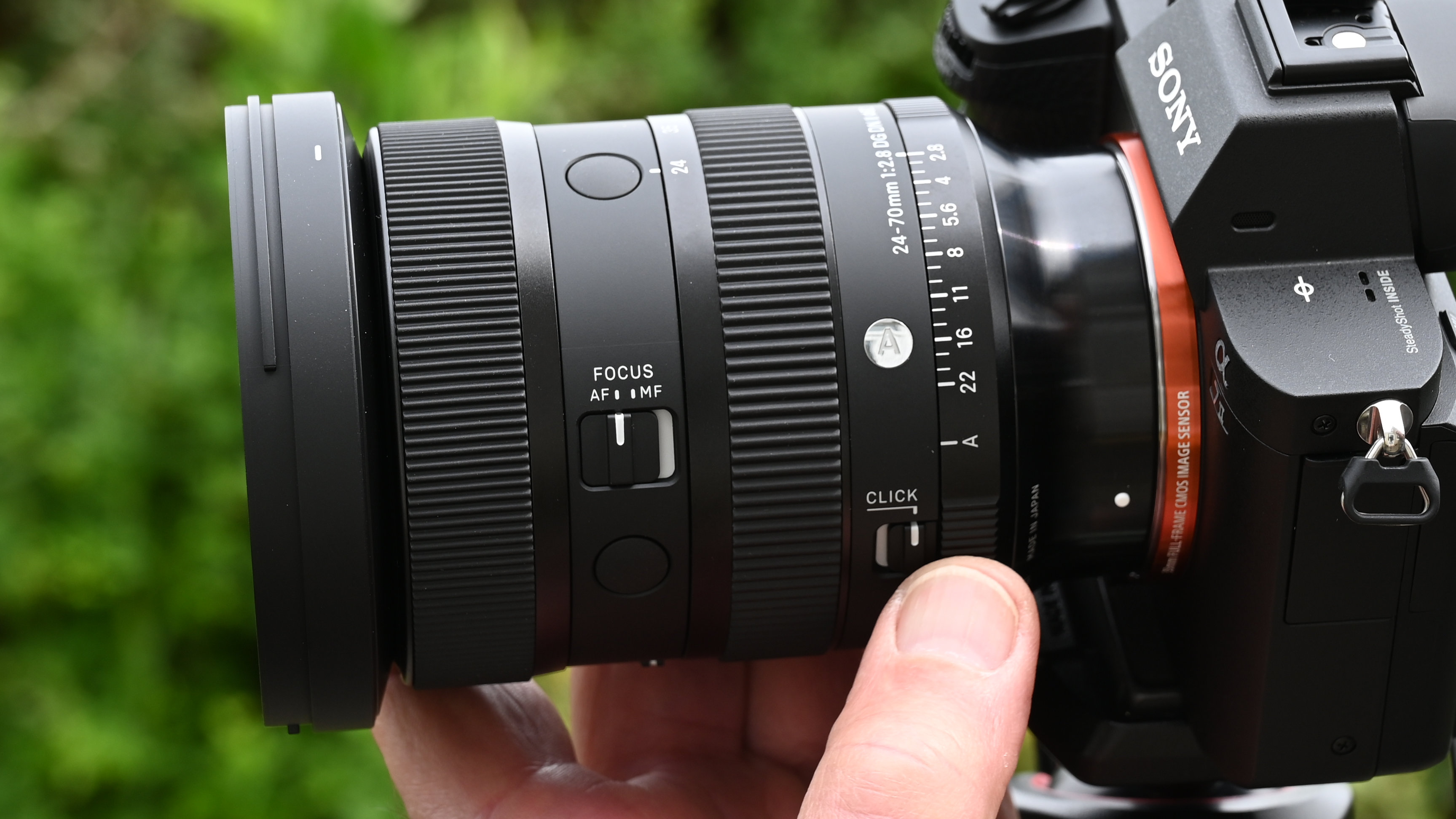
Every day during the 12 days of Christmas, I'm revisiting the months of 2024 to recap the lenses that made up the year. Today, it's time to look back at May…
So-called ‘trinity’ standard zoom lenses are arguably the best and most versatile for everyday shooting. Their ability to stretch from a seriously wide-angle perspective to a short telephoto length, while retaining a fairly fast f/2.8 aperture along the way, earns them a place in the kit bags of most professional and enthusiast photographers.
There was nothing wrong with Sigma’s excellent example of the breed for Sony E and L-mount cameras, but the updated Sigma 24-70mm f/2.8 DG DN Art II took everything up a notch.
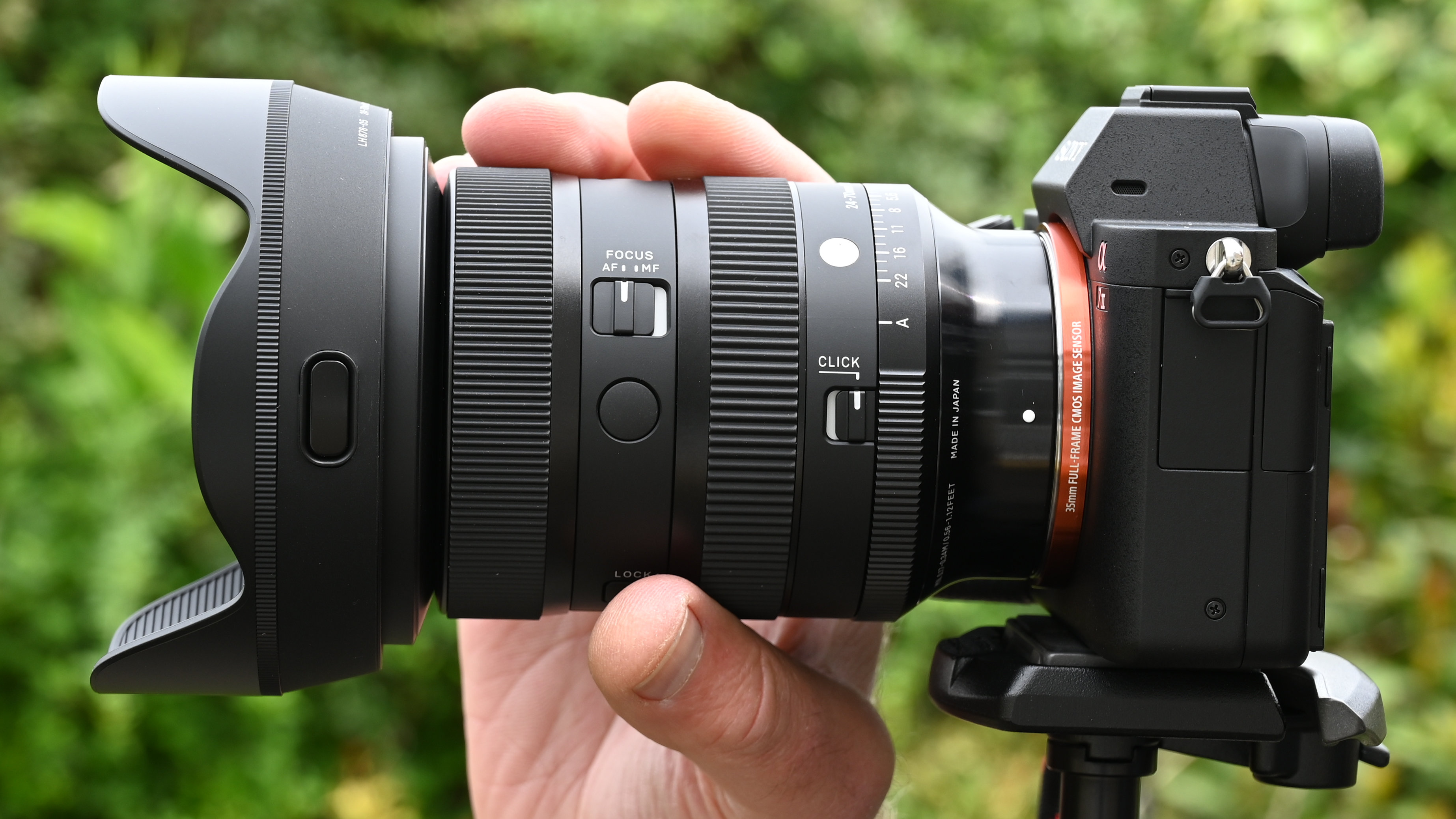
Going from the sublime to the slightly ridiculous, the company also said that its Sigma APO 200-500mm f/2.8 EX DG would still be available as a ‘special order lens’. It’s just a little slip of a thing, weighing 35lbs and costing $26,000.
At the opposite end of the budget spectrum, it was announced that the TTartisan 600mm f/5.6 prime, previously available in most mirrorless mount options, would also become available in Canon EF and Nikon F versions for DSLRs. Occupying the middle ground in terms of price, Fujifilm announced the longest ever lens for its GFX medium format system, the Fujifilm GF 500mm f/5.6 R LM OIS WR.
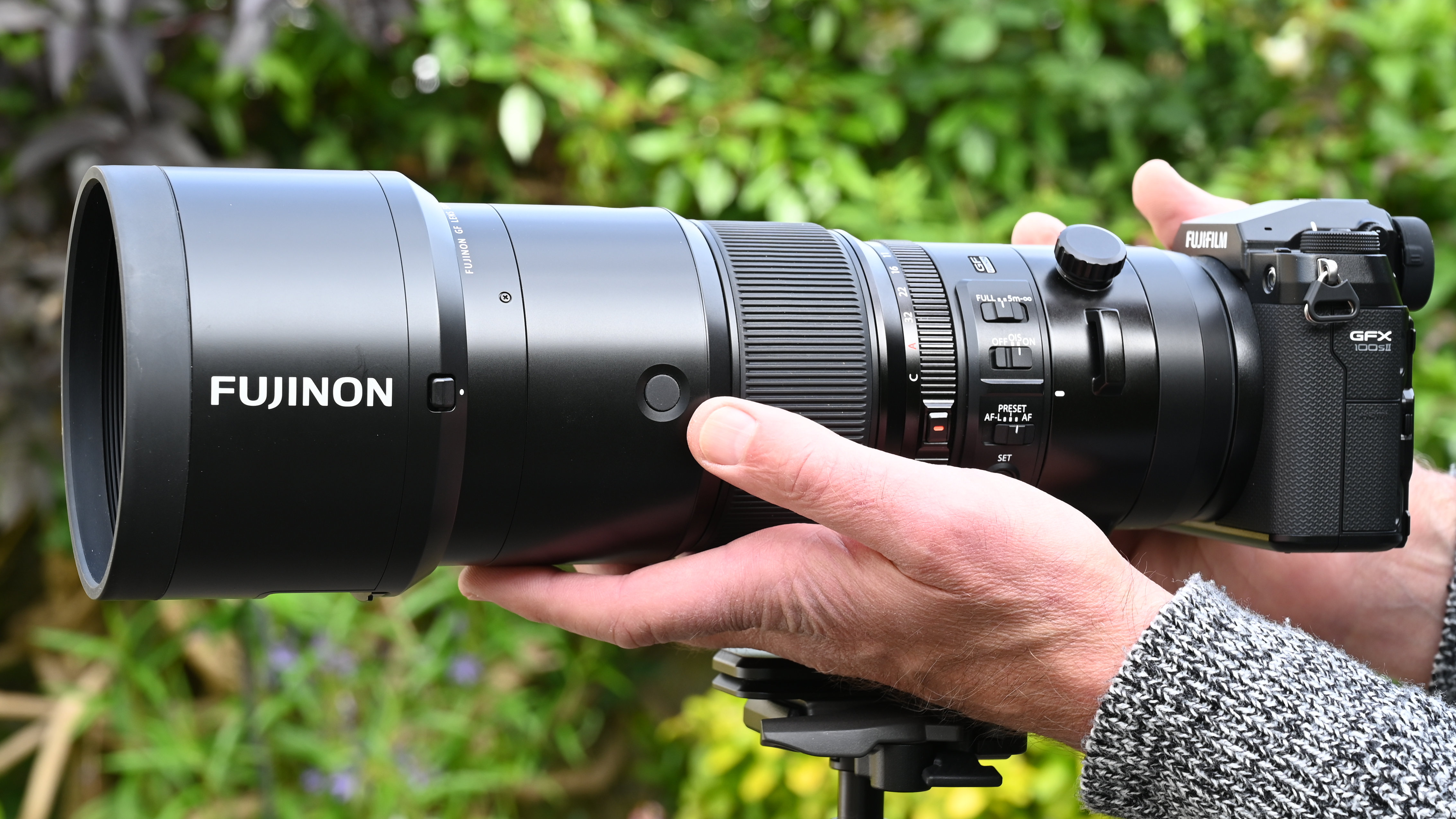
Anyway, enough of all this telephoto nonsense. Let’s go wide! The Viltrox AF 16mm f/1.8 launched for Nikon Z cameras, following in the footsteps of the existing Sony E mount version. This full-frame lens is ideal for anything and everything from landscapes and cityscapes to architectural interiors and astrophotography.
The Viltrox lens is also typically excellent value for money. But a budget-friendly price tag certainly isn’t something you get with the Hasselblad XCD 25V ultra-wide-angle prime, announced the same month, though the performance is in a different class.
Get the Digital Camera World Newsletter
The best camera deals, reviews, product advice, and unmissable photography news, direct to your inbox!
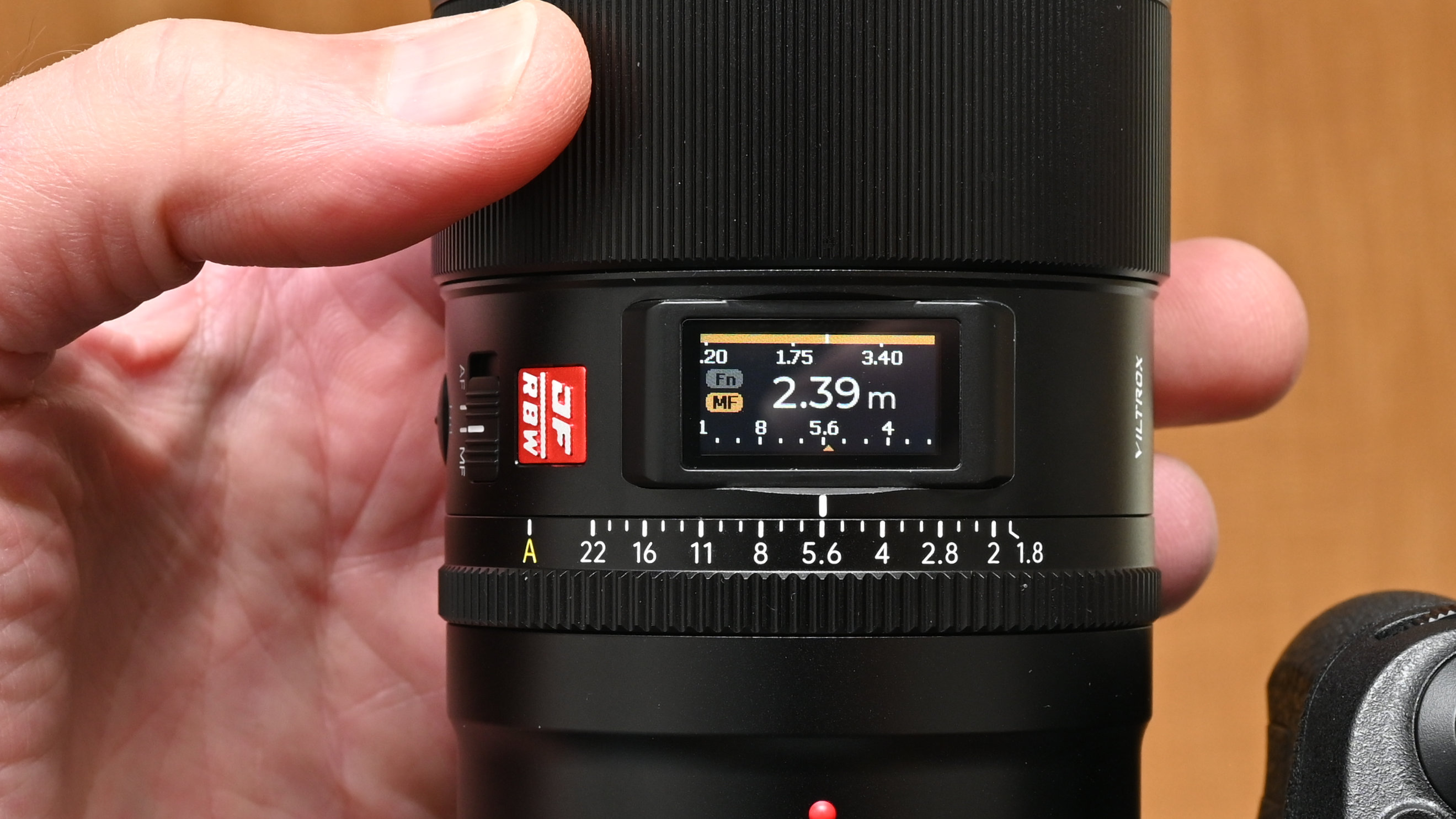
About time too! That was our reaction to Nikon finally launching a prime Z DX lens. Naturally, you can use any FX (full-frame) Z-system lens on a DX (APS-C) format body like the Nikon Z30, Z50 II and Zfc. The Z DX 24mm f/1.7 came as good news, however, as it’s comparatively compact and lightweight, and competitively priced.
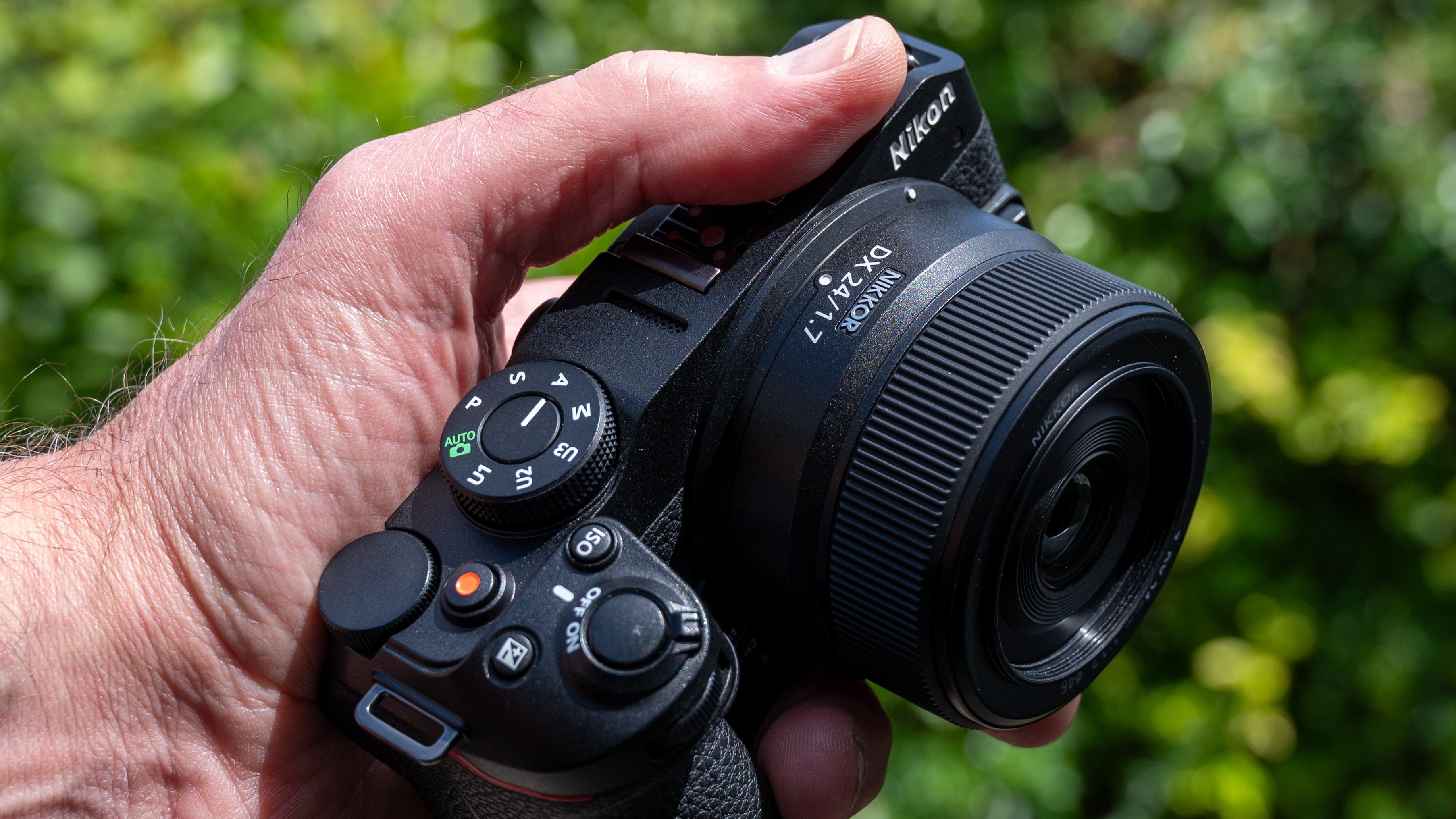
Choice of wide-angle lenses for Fujifilm X-system cameras was extended in May. Fujifilm launched its widest prime lens to date, in the diminutive shape of the Fujifilm XF 8mm f/3.5 R WR. Prefer the versatility of a zoom lens? There was also the launch of the Tamron 11-20mm f/2.8 Di III-A RXD, previously available in Sony E-mount but reborn in X-mount for Fujifilm cameras.
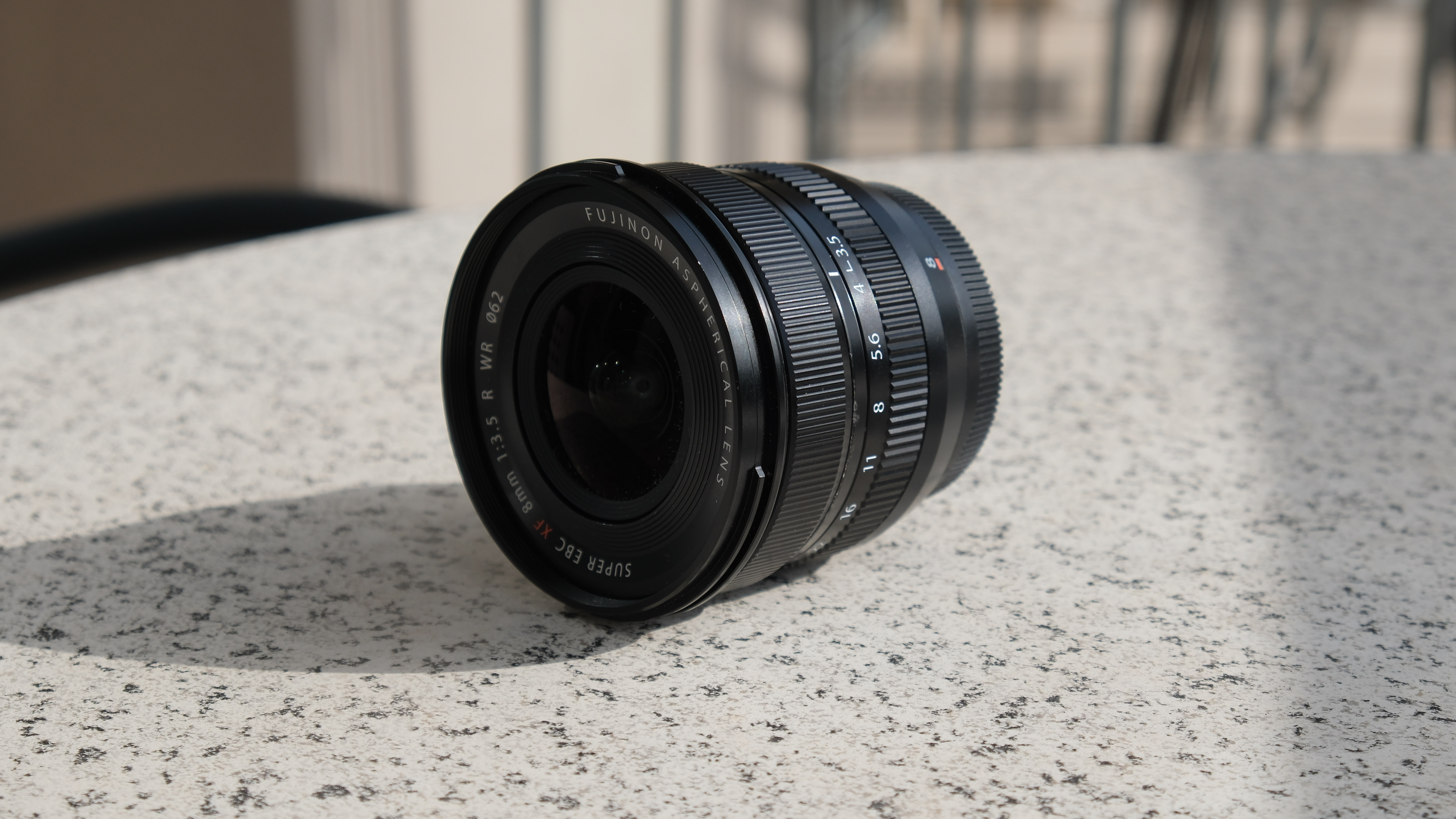
With an eye on cost-cutting, we brought news of a 7artisans 24mm f/1.4 prime for crop-sensor Canon, Sony, Fujifilm, Nikon and Micro Four Thirds mirrorless cameras. There was also the frankly bizarre AstrHori 18mm f/8 macro probe with built-in LED lighting array, for APS-C cameras.
Putting a new perspective, literally, on landscape, architectural and even macro photography, there was the announcement of two new tilt-shift lenses in the shape of the Laowa FFII T/S 55mm f/2.8 Macro 1:1 and Laowa FFII T/S 100mm f/2.8 Macro 1:1, both to be released for the Fujifilm GF, Sony E, Canon RF, Nikon Z and L Mount.
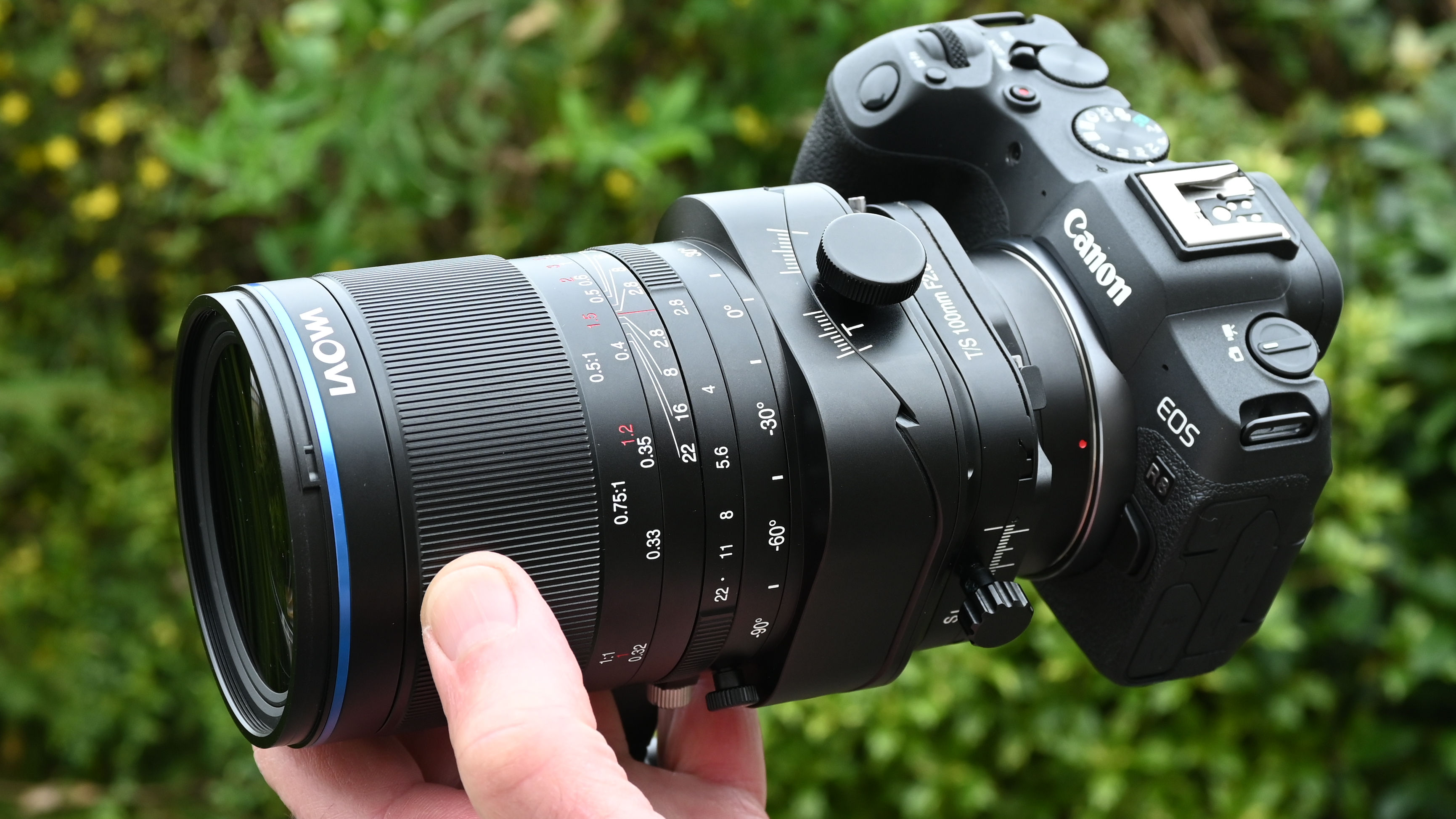
More budget-friendly announcements included the AstrHori AF 85mm f/1.8 for Nikon Z shooters, the company’s first autofocus lens. Then there was a Panasonic Lumix S 26mm f/8 pancake lens, an insanely cheap Pergear 25mm f/1.7, a retro-styled Thypoch Eureka 50mm f/2 and the ushering in of the Samyang AF 35-150mm f/2-2.8 as the company’s first L-mount lens. And finally in news, Nikon hit a major milestone, having now manufactured 120 million Nikkor lenses.
On the reviews front, we tested two very eagerly anticipated new lenses. First up was the Nikon Z 28-400mm f/4-8 VR which wrote a new chapter in travel-friendly superzoom lenses. Then there was the Sigma 24-70mm f/2.8 DG DN II Art, aiming to take ‘trinity’ standard zooms for Sony E and L-mount cameras to the next level.
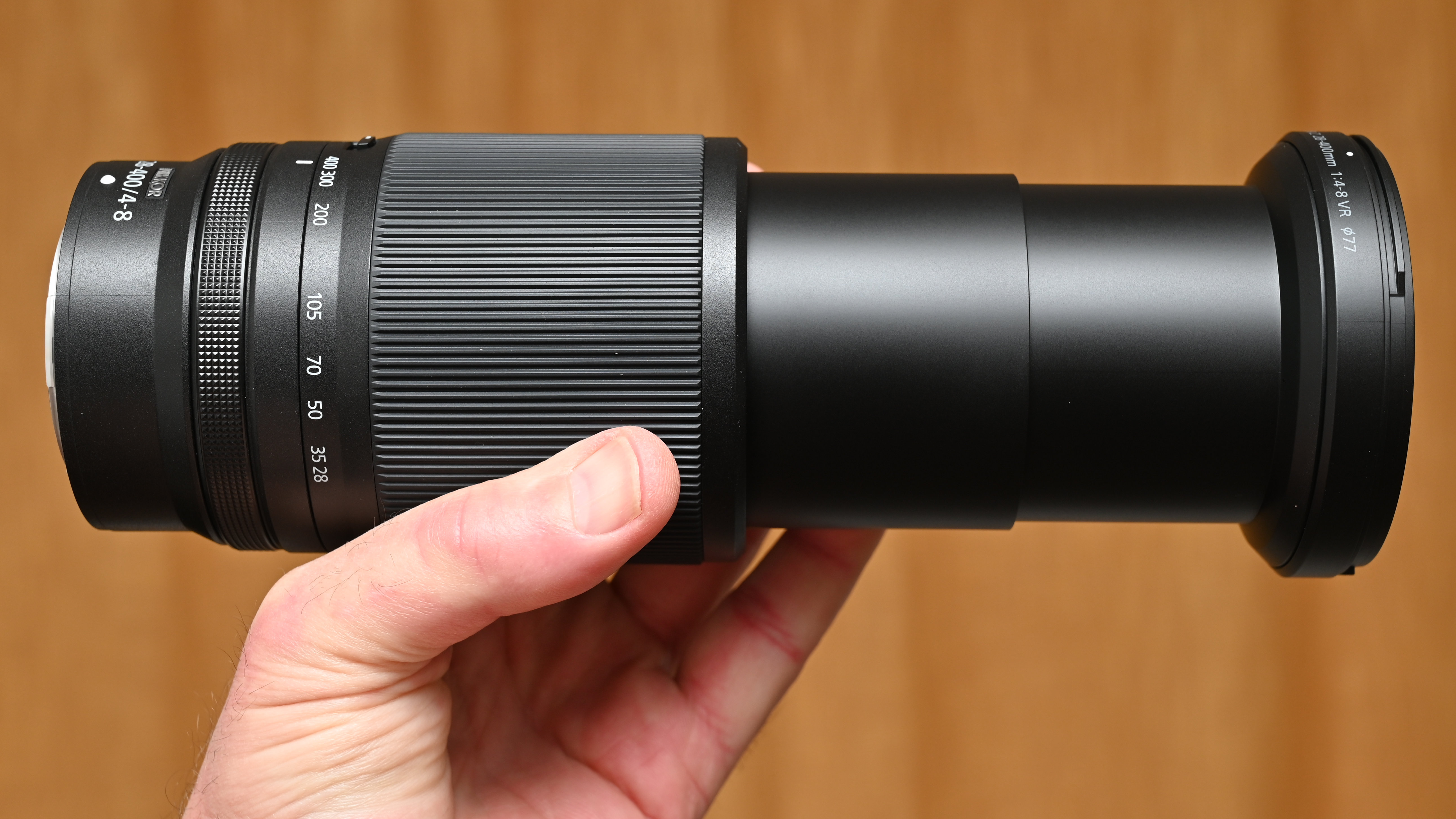
We also set about reviewing a wide range of medium format lenses for Fujifilm’s GFX system cameras, including the Fujifilm GF 45mm f/2.8 R WR, Fujifilm GF 110mm f/2 R LM WR, Fujifilm GF 120mm f/4 Macro R LM OIS WR and Fujifilm GF 100-200mm f/5.6 R LM OIS WR, fabulous lenses one and all.
And not forgetting Fujifilm’s APS-C format X system, we also reviewed the Fujifilm XF 16-50mm f/2.8-4.8 R LM WR, the reinvention of the company’s classic standard zoom.

Along with all of the Fujifilm GF lens exotica, we reviewed some particularly budget-friendly lenses including the full-frame Viltrox AF 20mm f/2.8, and APS-C format Viltrox AF 56mm f/1.7 and Yongnuo YN33mm f/1.4 DA DSM WL Pro.
See more from our 12 lenses of Christmas series
You might also like…
Take a look at the best macro lenses, the best Fujifilm GF lenses and the best pancake lenses.
Matthew Richards is a photographer and journalist who has spent years using and reviewing all manner of photo gear. He is Digital Camera World's principal lens reviewer – and has tested more primes and zooms than most people have had hot dinners!
His expertise with equipment doesn’t end there, though. He is also an encyclopedia when it comes to all manner of cameras, camera holsters and bags, flashguns, tripods and heads, printers, papers and inks, and just about anything imaging-related.
In an earlier life he was a broadcast engineer at the BBC, as well as a former editor of PC Guide.

